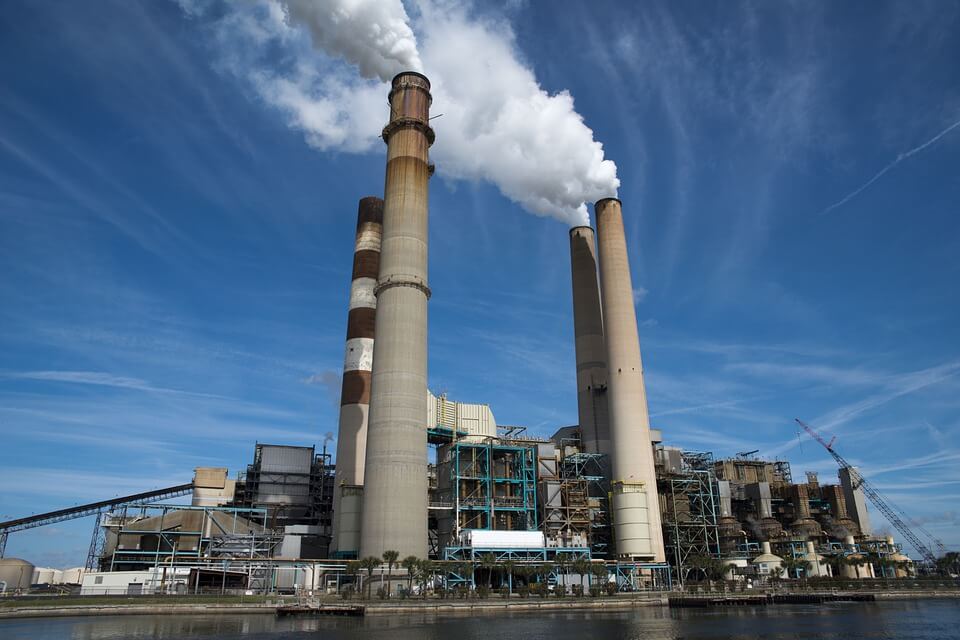Children’s health and air pollution study
The Australian Child Health and Air Pollution Study investigated the relationship between air quality and respiratory health, testing 2860 students from 60 primary schools across Australia. The study will inform the revision of the national air quality standards. It was conducted by researchers from University of Queensland and Woolcock Institute of Medical Research and funded by the Australian Research Council and the Standing Council on Environment and Water. The aim of the study was to provide information for the revision of the national standards – the Ambient Air Quality National Environment Protection Measure (AAQ NEPM).
Testing of children’s lung function and allergy testing was conducted on school children aged between 7 and 11. Diaries of respiratory symptoms were also collected.
The study found consistent evidence that higher levels of air pollution were associated with adverse respiratory health effects in children.
The study found that nitrogen dioxide had the strongest association with adverse respiratory effects in children. The study also found some adverse respiratory health effects associated with particles.
In most respects the findings of ACHAPS are consistent with those of similar studies conducted overseas, though some studies have reported more consistent and significant effects for particles.
Air quality in Australian cities is among the best in the world. However, ACHAPS demonstrates that even under these conditions, an association between air pollution and adverse respiratory health effects can be detected. This implies that there are health benefits to be gained from further reducing pollution.
In Victoria, the study was conducted in primary schools in Alphington, Brighton, Box Hill, Footscray, Geelong South, Mooroolbark, Richmond and Traralgon in 2007. These locations were chosen to obtain results for a range of air quality and because the schools are near air monitoring stations, not because any specific problems have been identified in these areas.
In Victoria, the study was conducted in primary schools in Alphington, Brighton, Box Hill, Footscray, Geelong South, Mooroolbark, Richmond and Traralgon in 2007. These locations were chosen to obtain results for a range of air quality and because the schools are near air monitoring stations, not because any specific problems have been identified in these areas.
The study was released by the former Standing Council in September 2012. For a copy of the study, visit the ACHAPS final report web page (now on the National Environment Protection Council website).


Recent Comments